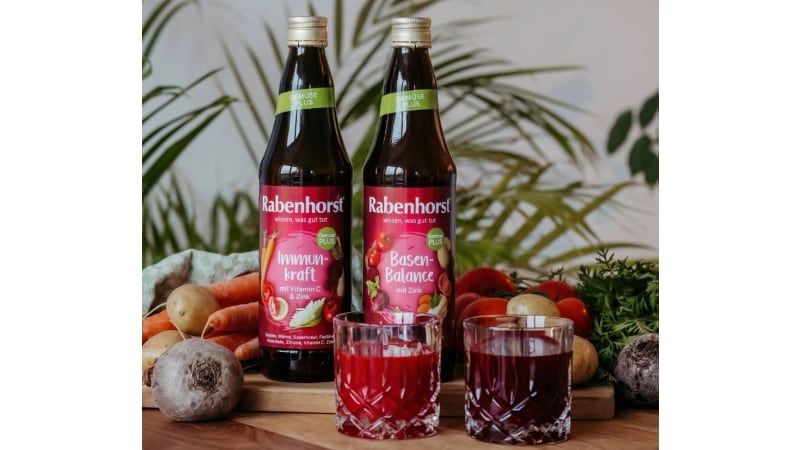This was the conclusion formed by the expert panel on food industry collaboration between Singapore and Saudi Arabia that convened at the recent JISR (Arabic for ‘bridge’) Beyond Borders & Horizons: A GCC-APAC Partnership business conference in Singapore.
The panel was comprised of Float Foods Executive Vice President Kelvin Ng and World Future Enterprises Founder Tonya Tan; and moderated by IncuBaker Studio Partner & Director of Marketing and Business Development Farah Sami.
Ng highlighted the major similarities between Singapore and the GCC in terms of food security and an overwhelming dependence on imports, and how Float Foods’ plant-based egg OnlyEg had managed to identify a similar niche in both markets.
“Both markets eat a lot of eggs but have no local supply, and the Dubai municipality also faces a big issue with salmonella, as this can fester quickly due to the hot weather – which means that like Singapore it has to import its eggs making its supply subject to issues suhh as delays, cost increases and so on,” he told the floor.
“I see this market as an intermediary of sorts before going to markets like Germany, North America, the United Kingdom or Scandinavia where I think 99% of my alternative protein peers moved to after realising there is a relative lack of exuberance in Asia – especially as launching in any of the latter markets requires a huge amount of funds for launch.
“This is not to say that launching in the GCC or Saudi Arabia is easy by any means – the fact is that the culture and speed of things is very different in this market, and conversions are not likely to happen as quickly as one might expect in Asia, because it will take longer for a procurement team to put a new product into the system, longer for orders to be placed, and also longer to get paid for your product.
“What this means is that launching in this market will require food companies to plan your cashflow further ahead and to last for a longer time – and any launch plans cannot be planned just 12 months ahead, you will need to plan at least 18 to 24 months ahead as circumstances such as Ramadhan for instance, or the hot summer months of temperatures more than 40°C likely mean that people are unwilling to talk to you or have left for cooler climates.”
Tan concurred, adding that knowing ‘where to play and how to win’ is very important in this region, and especially in Saudi Arabia where connections are particularly pertinent to accessing decision-makers.
“Saudi Arabia is the fastest-growing economy in the G20, and has the highest GDP in the Middle East – and more importantly, it is now much easier to do business here than before,” she said.
“Food has been established as a key growth sector in this market, and Singapore businesses have a good advantage here as Singapore has a ‘clean and green’ image in this region that Saudi envisions to emulate.
“The upcoming Saudi-Singapore Gastronomy project is envisioned as a bridge of sorts for Singapore food businesses to enter Saudi Arabia, particularly with prominent displays in hypermarkets and supermarkets to promote these – the whole idea is to enter as the industry from one nation, one country and work on local procurement based on this advantage.”
Persistence is key
Ng stressed that businesses must be ready to put in some 10 times the amount of persistence to gain success in this region – but that the rewards are likely to be 10 times greater too.
“The scale in the GCC is just different – think of it as if a restaurant has 30 branches in Singapore this will be seen as successful, but this would not be so there until said restaurant has at least triple digits worth of restaurants, that is how different the scale is,” he said.
“So even though running a business in this market may require say sending 10 emails or making 10 calls as opposed to just one email here in Singapore – meaning that one would need to be 10 times more persistent in the GCC – the rewards here are also 10 times better due to the scale.
“So the rewards far outweigh the inconvenience, and there is so much potential for Singapore and GCC markets such as Saudi Arabia to collaborate in food production, because Singapore has the required food technology whereas the GCC has the market size and also the lower energy costs needed to run factories – so working together can really produce results with amazing efficiency.”





